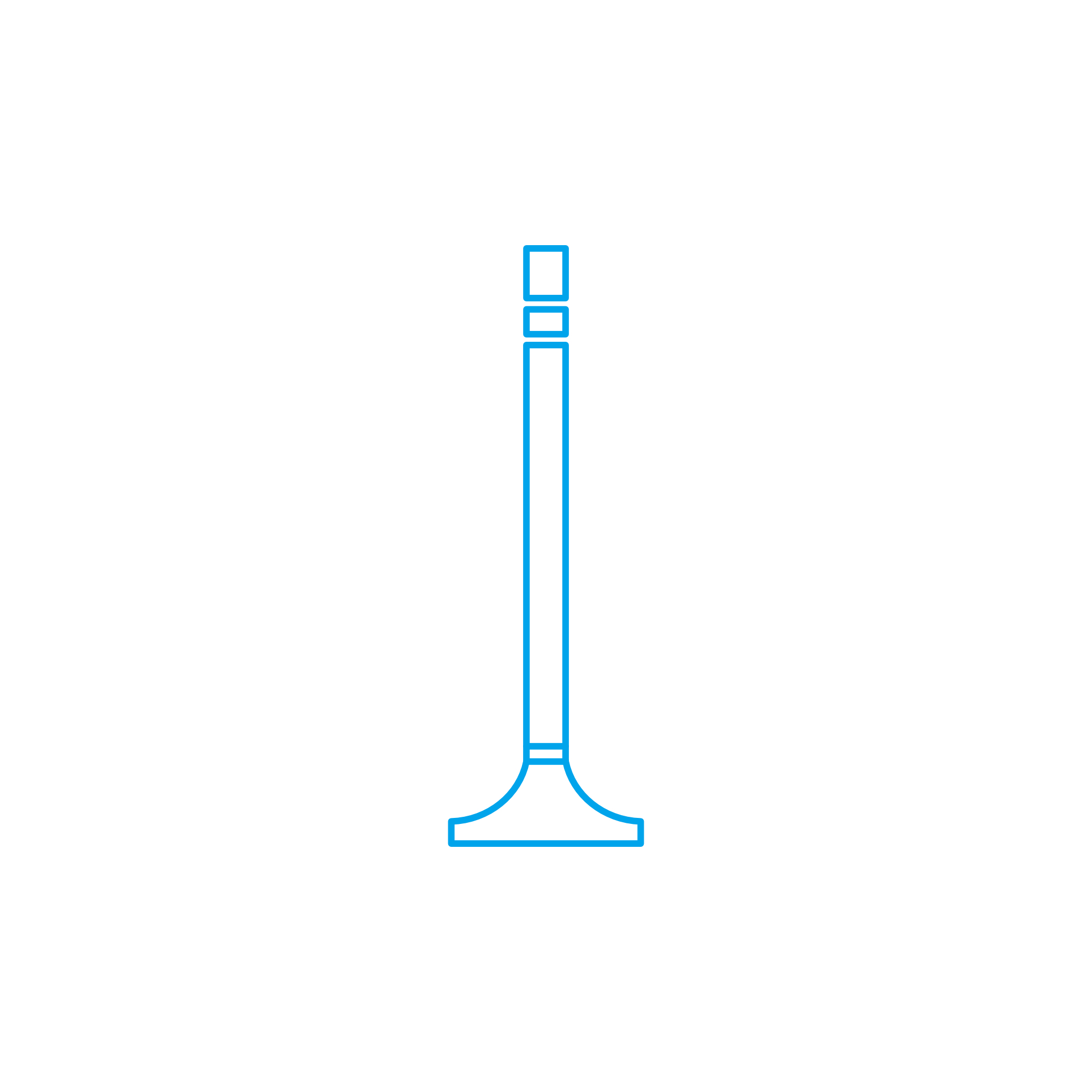4-CIRCUIT PROTECTION VALVE and Valves for Marine and Diesel Engines
Valves are precision components that regulate, seal, direct, and protect vital flows in engines and their auxiliary systems. From intake and exhaust poppet valves inside a cylinder head to pressure relief, non-return, and control valves in lubrication, cooling, charge-air, and starting-air circuits, they ensure that a marine engine or diesel engine runs safely and efficiently. Within this category, the 4-CIRCUIT PROTECTION VALVE plays a pivotal role in compressed-air systems, safeguarding multiple air circuits so mission-critical functions remain available under demanding operating conditions.
Valves in a diesel engine and marine engine: roles from combustion to auxiliaries
Inside combustion engines, valves precisely time air intake and exhaust gas discharge, maintaining compression and optimizing scavenging. Their geometry, seat finish, stem guidance, and materials directly influence power density, thermal efficiency, emissions, and component durability. In auxiliary loops, valves meter oil pressure to bearings, stabilize coolant flow, protect heat exchangers, and prevent reverse flow that could trigger cavitation or thermal shock. For pneumatic systems on vessels and power plants, a 4-CIRCUIT PROTECTION VALVE in the service or control air network distributes air to four independent branches, isolating failures and maintaining priority circuits during pressure drops.
How the 4-CIRCUIT PROTECTION VALVE functions in marine and diesel applications
The 4-CIRCUIT PROTECTION VALVE is a calibrated pneumatic safety and distribution module. Supplied by a common reservoir, it charges four outlets sequentially or in parallel based on set thresholds, typically prioritizing essential consumers (e.g., control air, clutch actuation, automation) before feeding non-essential loads. Internally, spring-loaded pistons or diaphragms open at defined cracking pressures; integrated non-return features block reverse flow so a leak in one branch cannot drain the others. In a marine engine installation, this ensures the bridge control system or automation air retains pressure even if a downstream consumer ruptures. When specified as OEM parts, the valve’s spring rates, seat finishes, and seals are matched to the engine maker’s system curves, ensuring stable pressure build-up, low hysteresis, and fast recovery after transient demands.
- · Precise flow and pressure control across critical engine circuits.
- · Tight sealing for high compression and reduced blow-by in cylinder valves.
- · Calibrated cracking/closing pressures in the 4-CIRCUIT PROTECTION VALVE.
- · Corrosion-resistant alloys and coatings for marine environments.
- · Heat- and wear-resistant seats and guides for long service life.
- · Non-return and isolation features that protect parallel branches.
- · Low pressure loss for improved efficiency and faster system recovery.
- · Service-friendly designs to minimize downtime during overhauls.
Importance of Valves for reliability, performance, and safety
Engine longevity depends on valve integrity. Worn intake or exhaust valves lead to poor sealing, resulting in loss of compression, slower starts, reduced cylinder efficiency, higher specific fuel consumption, and elevated exhaust temperatures that can damage turbochargers. Seat recession or stem wear may cause misalignment and hot spots, increasing the risk of valve burning. In lubrication and cooling circuits, a sticking relief valve can trigger pressure spikes or starvation, accelerating bearing wear and liner scuffing.
For pneumatic systems, a degraded 4-CIRCUIT PROTECTION VALVE jeopardizes redundancy. Incorrect opening pressures, internal leakage, or sluggish response can starve priority consumers, causing start failures, clutch control issues, or unstable automation. Pressure oscillations can also stress actuators and reduce the accuracy of control valves throughout the system. Keeping the full range of valves in prime condition is therefore central to uptime, crew safety, and predictable operating costs.
Advantages of OEM spare parts suitable for Valves and the 4-CIRCUIT PROTECTION VALVE
OEM spare parts suitable for Valves preserve the exact geometry, materials, and calibrations defined during engine development. For cylinder head valves, that means matched stem diameters, coatings, seat materials (e.g., stellite or hardened inserts), and surface finishes that maintain sealing over thousands of cycles under high temperature and corrosive exhaust conditions. For pneumatic components like the 4-CIRCUIT PROTECTION VALVE, it ensures calibrated spring characteristics, diaphragm or piston tolerances, and seal compounds that deliver the designed opening/closing pressures and leakage rates.
Choosing OEM spare parts suitable for Valves benefits operators in multiple ways: consistent performance that aligns with engine maps and class requirements, reduced commissioning time since parts fit and function as intended, and longer service intervals thanks to proven tribology and corrosion resistance. Dimensional accuracy protects housings and seats from fretting, while validated elastomers resist oil mist, saline air, and temperature cycling. The result is fewer unplanned stoppages and a lower total cost of ownership.
4-CIRCUIT PROTECTION VALVE with OEM parts in marine engine and diesel engine systems
In service air and control air networks, the 4-CIRCUIT PROTECTION VALVE built with OEM parts maintains precise setpoints, ensuring priority charging and reliable isolation under leak scenarios. Correctly matched seals and spring packs prevent creep and drift, so pressure distribution remains stable across seasons and load profiles. This stability supports safe maneuvering, accurate automation, and predictable start sequences on marine engine platforms.
MOPA: your partner for OEM spare parts Valves
MOPA is a trusted partner for OEM spare parts Valves across diesel and gas engines, supplying fast, secure, and quality-assured components to shipowners, power plant operators, and service companies. Our portfolio covers combustion, fluid, and pneumatic Valves, including the 4-CIRCUIT PROTECTION VALVE for marine engine and diesel engine applications. We combine technical expertise with responsive logistics, enabling short lead times, reliable documentation, and confident integration into existing systems.
From cross-referencing to part identification and supply, MOPA helps purchasers and technical teams obtain the right OEM parts the first time—reducing downtime, safeguarding performance, and streamlining planned maintenance.
Conclusion: Valves and the 4-CIRCUIT PROTECTION VALVE are critical to engine uptime
Valves underpin the efficiency, safety, and life cycle of marine and diesel engines, while the 4-CIRCUIT PROTECTION VALVE secures the stability of multi-branch pneumatic systems. Selecting OEM spare parts suitable for Valves preserves design intent, enhances reliability, and protects budgets through predictable performance and longer service intervals.


